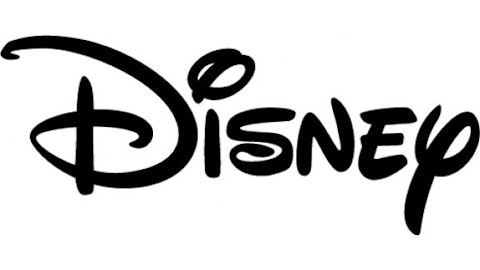Editor’s note: Related tickers: Bank of America Corp (NYSE:BAC), Goldman Sachs Group, Inc. (NYSE:GS), Wells Fargo & Co (NYSE:WFC), JPMorgan Chase & Co. (NYSE:JPM)
 Everywhere you turn someone has an opinion about the big banks. On one channel you hear about “too big to fail“, on another you hear about “too big to jail“, and in the morning paper you read about record year end profits despite a $6 billion+ trading loss earlier in the same year. What, exactly, are we to think of the big banks?
Everywhere you turn someone has an opinion about the big banks. On one channel you hear about “too big to fail“, on another you hear about “too big to jail“, and in the morning paper you read about record year end profits despite a $6 billion+ trading loss earlier in the same year. What, exactly, are we to think of the big banks?
Photo Credit: Coolcaesar
To answer that question I’ve compiled 7 charts that paint a picture with data, not opinion. The takeaway? You’ll have to see for yourself–the conclusion will surprise you.
1. The Banking Sector is getting healthier
Source: FDIC Quarterly Banking Profile
Overall, the banking industry is getting healthier, but there is still a little ways to go. Bank failures are down considerably from the peak in 2009 along with the number of problem banks as identified by the FDIC.
The Federal Reserve’s stress tests earlier this year had a similar result. By and large the biggest US banks did well.
Bank of America Corp (NYSE:BAC) performed surprisingly well, a testament to the strategy put in place by CEO Brian Moynahan. Goldman Sachs Group, Inc. (NYSE:GS) had disappointing results from a capital and loan concentration perspective, but still passed the test. Wells Fargo & Co (NYSE:WFC) faired well, but like Goldman showed some unexpected weakness. JPMorgan Chase & Co. (NYSE:JPM), long considered the strongest of the big banks, surprised observers by finishing 3rd from the bottom.
All of these results point to a stronger financial sector in general, characterized by stronger capital bases to protect the banks from future economic shocks.
2. Loan Growth is Back
Source: FDIC Quarterly Banking Profile
After four years of negative loan growth, the FDIC is now reporting industry wide growth in total loans and leases for the last 4 quarters.
Growth in loans secured by 1-4 family residential properties are seeing the largest growth, primarily driven by residential mortgage loans.
Wells Fargo & Co (NYSE:WFC) is the nations largest mortgage lender with 33% market share and a mortgage servicing portfolio in excess of $1.9 trillion. JPMorgan is the second largest mortgage lender with 10% market share. JPMorgan Chase & Co. (NYSE:JPM) originated over $192 billion in mortgages in 2012. Together these two banks alone service nearly 50% of the entire mortgage market.
3. Banks are profitable again
Source: FDIC Quarterly Banking Profile
Banks have again returned to profitability, albeit not at the same levels of return on assets or return on equity as in the 1990s or 2000s. Expectations are for lower ROA and ROE across the board as the impacts of higher capital requirements work through the industry.
Goldman reported a 10.8% ROE for 2012, while Wells Fargo & Co (NYSE:WFC) reported 12.9% and JPMorgan Chase & Co. (NYSE:JPM) reported 11.0%. Bank of America Corp (NYSE:BAC) was a laggard due to lower profitability overall, reporting just 1.8%.
Investing is always a trade off of risk and reward. Lower ROE and ROA would be acceptable if the banking system were appreciably less risky than in 2007. However, these next charts indicate that risk may not be as improved as you’d think.




